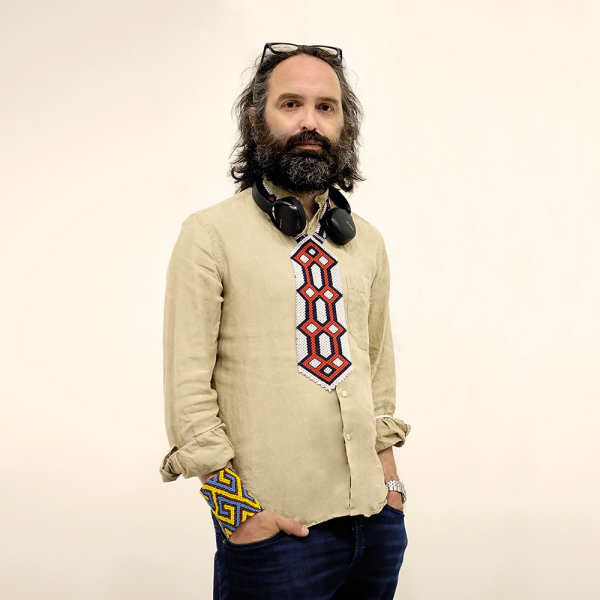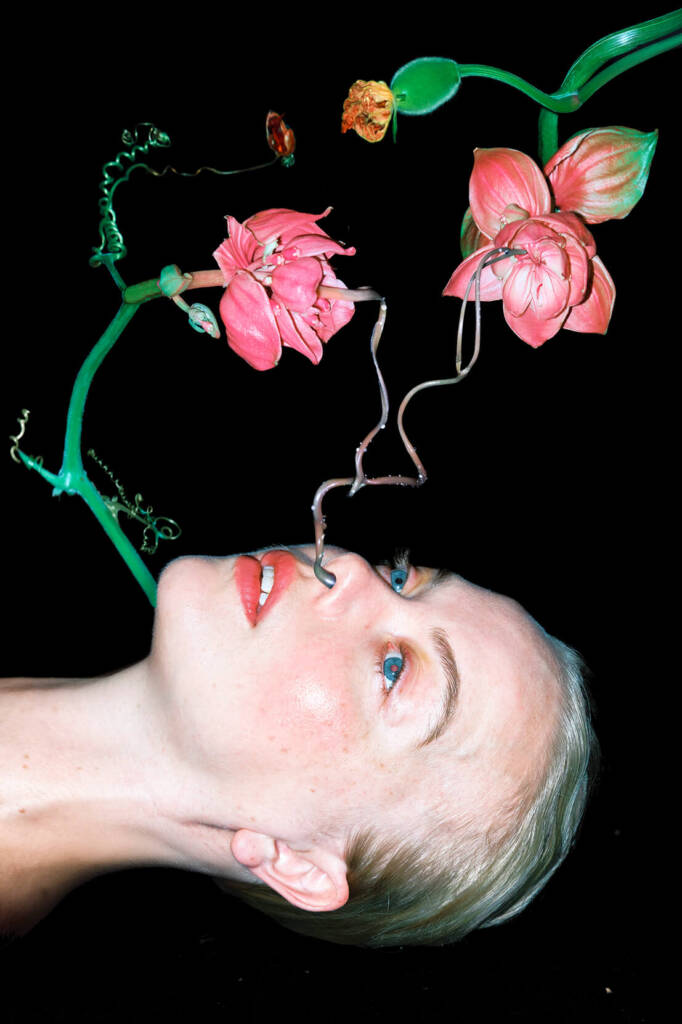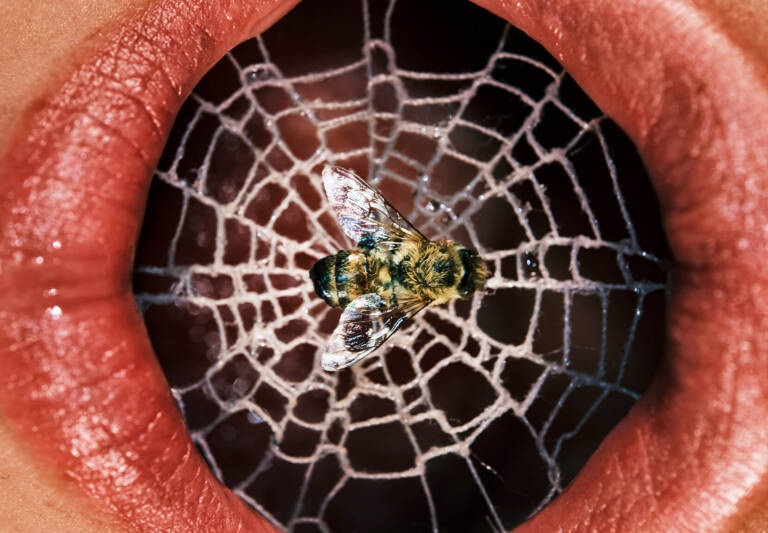
Photography by FRANK PERRIN

Emanuele Coccia has captivated minds with his fresh take on the natural world and our place within it. Through his work as a philosopher, associate professor at the École des Hautes Études en Sciences Sociales, and author of books-among them The Life of Plants: A Metaphysics of Mixture–Coccia investigates the great mysteries of life: nature, reproduction, interspecies flourishing, and cultural and material production. Through highlighting the way in which plants are central to our understanding of the metaphysical and existential aspects of life, Coccia challenges us to rethink our relationship with nature.
His philosophical curiosity extends beyond the natural world into fashion, where he explores how clothing reflects both our identities and potential, bridging the gap between the theoretical and the everyday. With Alessandro Michele, the creative director of Valentino, Coccia co-authored The Life of Forms-Theory of Re-enchantment, which examines the intersection of philosophy and fashion. Together with renowned art historian Olivier Saillard, he curated The Many Lives of a Garment, on view until January 2025 at the ITS Arcademy Museum of Art in Trieste.
We invited Vidar Logi to reflect on Coccia’s intellectually expansive and uniquely contemplative work through a visual narrative of his own creation. Logi’s interpretation took the pair on a photographic adventure from London to Reykjavik.
hube: Ethical changes are usually followed by aesthetic changes but is ethics always the primary driver?
Emanuele Coccia: Sometimes, aesthetic changes lead to broader transformations because redefining new identities, including moral identities, often requires altering a person’s static or sensitive body. Thus, I don’t think you can easily distinguish ethics from aesthetics. In fact, it can be quite the opposite. For instance, an aesthetic change can spark a moral revolution. Otherwise, you might be compelled to view aesthetics merely as commentary on the morality of others, which is not the case. You invent your way of being by experimenting with new ways of presenting yourself, and that’s why you cannot say that ethics is always primary. I would argue that they go hand in hand.
h: In the rational or physical world, humans define the boundaries of perception, ranging from the quantum realm to the imaginary limits of the universe. Do these boundaries exist in the emotional world?
EC: I don’t think the emotional world and the physical world are separate. We don’t know, perhaps wood and atoms have emo-tions. It’s not easy to define the boundaries of perception because, first of all, physical worlds are complex. We keep discovering smaller parts of matter, and we don’t know the limits of the universe. Since we don’t fully understand the physical world, we cannot determine the boundaries of physical per-ception, making it even harder to define the world of emotions. Additionally, it’s difficult to identify and name the entities that exist in the emotional world-we don’t even agree on the names of emotions. So, it’s not just a question of boundaries, it’s about understanding what exists in this emotional world.

